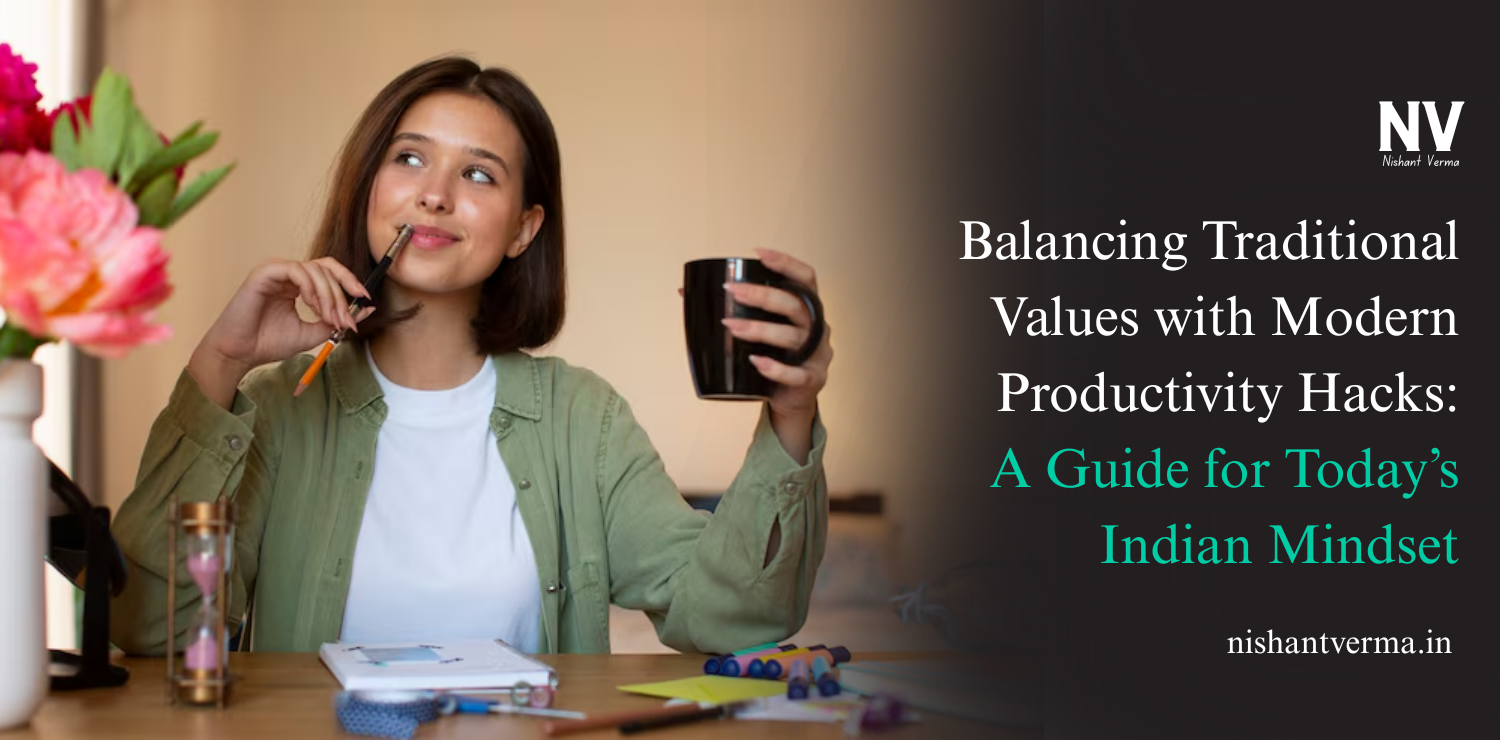Introduction
In the vast world of social media, Facebook stands as a giant, connecting people and businesses across the globe. However, navigating the terrain of Facebook marketing comes with its challenges, especially when it comes to understanding and adapting to changes in the platform’s algorithm. In this article, we’ll embark on a journey to demystify Facebook’s algorithm changes, offering marketers a guide to navigate these shifts with ease. Let’s unravel the secrets behind the screen, in simple language that makes sense for marketers looking to make the most of their Facebook strategies.
Understanding Facebook’s Algorithm

The Heart of Facebook:
News Feed Algorithm: Facebook’s algorithm determines what content appears in a user’s News Feed.
Balancing Act: The algorithm aims to balance showing users content they find meaningful while keeping them engaged on the platform.
Key Factors Influencing the Algorithm:
User Engagement: The algorithm considers how users engage with posts – likes, comments, shares.
Content Relevance: It assesses the relevance of content to individual users based on their past interactions.
The Evolution of the Algorithm:
Constant Updates: Facebook’s algorithm is not set in stone; it evolves over time.
User-Centric Approach: Changes are often driven by a user-centric approach, aiming to enhance user experience.
Recent Changes in Facebook’s Algorithm
Prioritizing Friends and Family:
More Personal Connections: Facebook shifted its focus to prioritize content from friends and family over business and media.
Building Meaningful Social Connections: Marketers need to create content that fosters genuine social interactions.
Emphasis on Meaningful Interactions:
Quality over Quantity: The algorithm values meaningful interactions, giving preference to content that sparks conversations.
Reducing Clickbait: Clickbait and engagement bait are deprioritized to maintain content quality.
Video Content and Watch Time:
Video Priority: Facebook places importance on videos that keep users engaged for a longer duration.
Live Videos and Watch Party: Live videos and Watch Party content are given a boost.
Community Engagement:
Group Interactions: Content from active and engaged groups is prioritized in the News Feed.
Connecting Communities: Encouraging community engagement becomes crucial for marketers.
How Marketers Can Navigate These Changes
Create Meaningful Content:
Value for the Audience: Focus on creating content that provides value to your audience.
Spark Conversations: Encourage discussions and interactions around your content.

Prioritize Video Content:
Engaging Videos: Invest in creating engaging videos that capture audience attention.
Live Videos and Watch Parties: Incorporate live videos and Watch Parties to boost visibility.
Build and Nurture Communities:
Active Groups: If relevant, create and foster active groups related to your brand or industry.
Community Engagement Strategies: Implement strategies to encourage participation within these groups.
Quality over Quantity:
Avoid Clickbait: Steer clear of clickbait and engagement bait tactics.
Authenticity Matters: Be authentic and genuine in your communication to build trust with your audience.
Encourage Meaningful Interactions:
Conversation Starters: Craft content that initiates conversations and discussions.
Respond Promptly: Respond promptly to comments and messages, fostering a sense of engagement.
Utilize Facebook Ads Strategically:
Paid Reach: Consider allocating budget for Facebook Ads to ensure your content reaches a broader audience.
Targeting Options: Leverage Facebook’s robust targeting options to reach specific demographics.
Overcoming Challenges in Adapting to Algorithm Changes
Monitoring Analytics and Insights:
Data-Driven Decisions: Regularly monitor analytics and insights to understand how your content is performing.
Identify Trends: Identify trends and patterns to refine your content strategy.
Staying Informed:
Official Updates: Stay informed about official updates from Facebook regarding algorithm changes.
Community Forums: Participate in community forums and discussions to learn from the experiences of other marketers.
Flexibility in Strategies:
Adaptability: Be flexible in adapting your strategies based on the evolving landscape.
Testing and Iterating: Experiment with different types of content and continuously iterate based on results.
Diversify Your Content:
Multimedia Approach: Diversify your content with a mix of text, images, videos, and interactive elements.
Storytelling Techniques: Use storytelling techniques to make your content more engaging.
Future Trends and Predictions
Ephemeral Content:
Stories Format: Ephemeral content, like the Stories format, is likely to gain more prominence.
Temporary Engagement: Users enjoy the temporary nature of Stories, encouraging frequent engagement.

Augmented Reality (AR) Experiences:
Interactive AR Content: As AR technologies advance, interactive AR experiences within the platform may become more common.
Virtual Try-Ons: Marketers can explore virtual try-ons and interactive AR ads.
Messaging Platforms Integration:
Messenger and WhatsApp Integration: Integration with messaging platforms like Messenger and WhatsApp for business interactions may increase.
Conversational Commerce: Conversational commerce within messaging apps may become a significant trend.
Conclusion
In the dynamic realm of Facebook marketing, understanding and adapting to algorithm changes is a continuous journey. By staying informed, creating meaningful content, and embracing the evolving landscape, marketers can navigate these changes with confidence. The essence lies in building genuine connections with the audience, sparking conversations, and adapting strategies to align with Facebook’s user-centric approach. As the algorithm continues to evolve, marketers who embrace change and creativity will find success in making their brand stand out in the Facebook News Feed. So, let’s navigate the waves of algorithm changes, keeping our sails set for meaningful engagement and valuable connections. Happy marketing!




